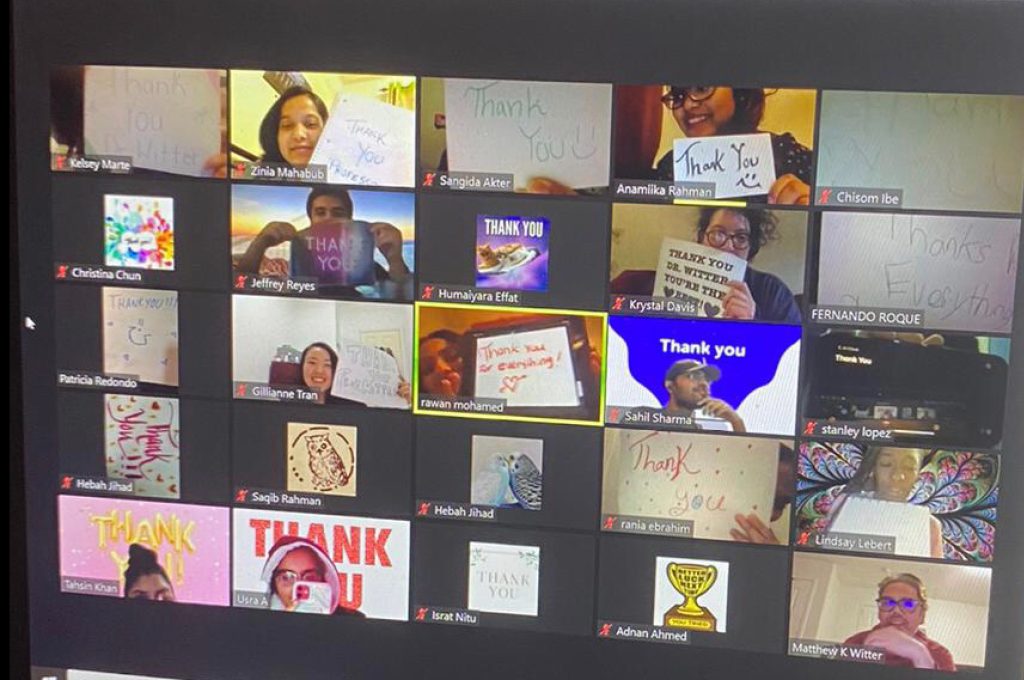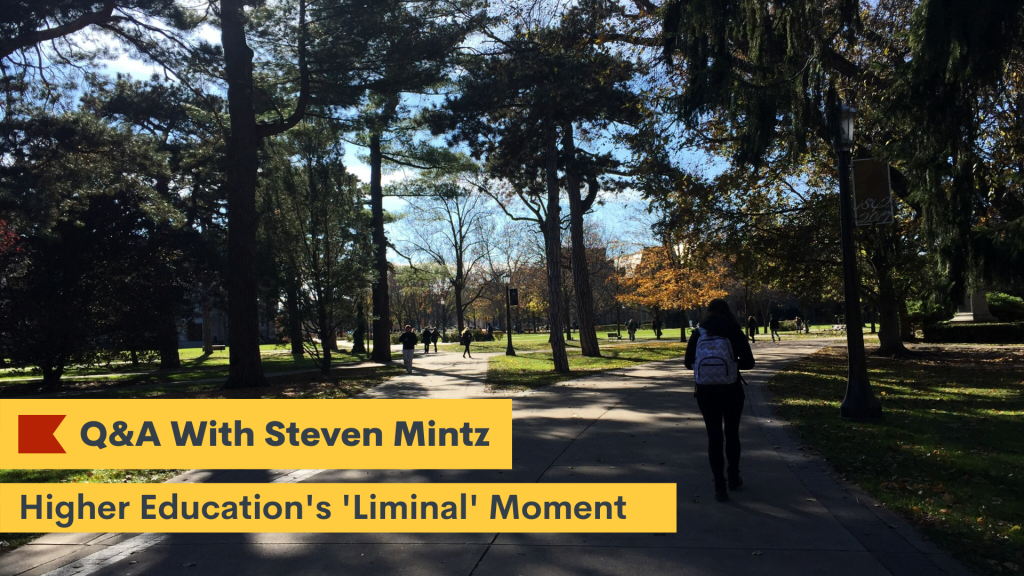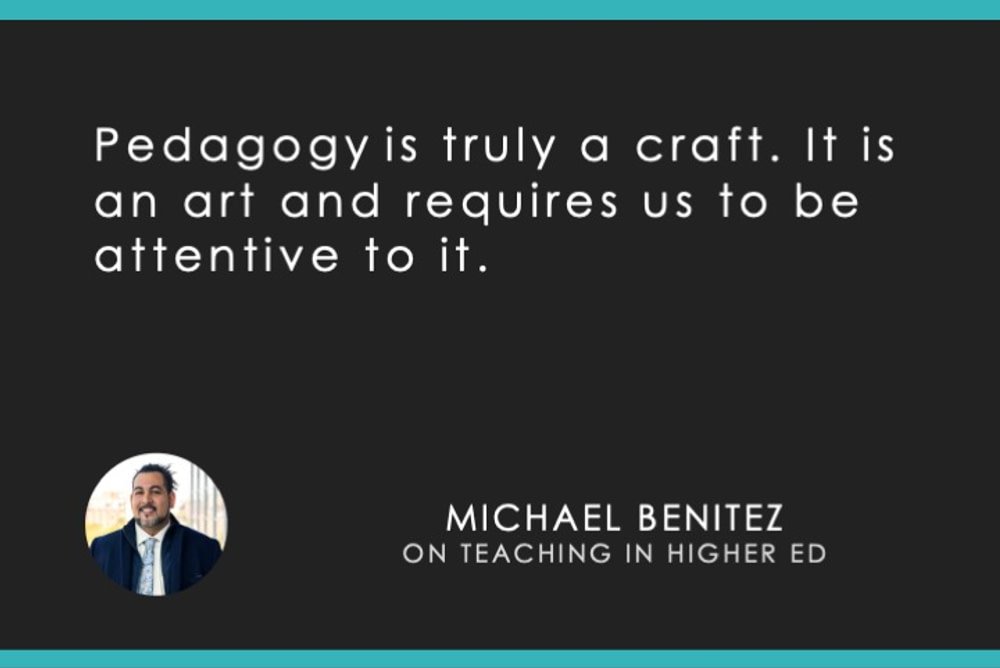Across CUNY, Scaling Student Success Through Quality Instruction

Matthew Witter wanted to start the spring semester off on the right foot. For the licensed clinical psychologist, it had been a bumpy first semester of teaching in fall 2019 CUNY’s City College of New York. He wasn’t planning to teach at all until he heard about a last-minute opening for an introductory course […]
Scaling Success for Community College Students in Ohio
Community college teachers across Ohio will hone their online teaching skills in 2021 through ACUE’s 25-week program focused on online college instruction, thanks to a collaboration between the Ohio Association of Community Colleges (OACC) and the Association of College and University Educators (ACUE). Beginning the week of Jan. 11, 168 faculty members from 22 Ohio […]
Ohio Association of Community Colleges and ACUE partner for student success
Steven Mintz on Higher Education’s ‘Liminal’ Moment

What’s it like to teach an online class with 1,500 students? For Steven Mintz, a leading educational innovator and award-winning teacher and author, it takes a coordinated team of well-trained teaching assistants and interactive courseware that he’s been developing for years. The transition to online learning in Mintz’s self-described “mega class”–an introduction to history at […]
Solution Tree Partners with ACUE to Launch Redwood Learning

Solution Tree and ACUE have partnered to improve student outcomes through Redwood Learning, a new professional development initiative to prepare and credential K-12 educators in evidence-based teaching practices for online learning. You can view the full announcement here. The first course offered by Redwood Learning is Foundational Strategies for Distance Learning, specially designed for secondary educators. “We […]
Introducing new microcredential course Inclusive Teaching for Equitable Learning
Meeting the Moment Through Inclusive Teaching

2020 — (What a) Year in Review (!)

The resilient educators behind every resilient student. What’s left to say? 2020 was unprecedented. Time and again our partners persevered, got creative, worked tirelessly, and were fonts of inspiration. Among them all, we’re so proud of: The University of Colorado Denver, which strengthened the quality of their online and introductory “influential courses” Amherst College, which […]
Faculty Reflection: Now is the Perfect Time to Try Something New

When I committed to becoming a facili-taker – facilitator and participant – for ACUE’s Effective Teaching Practices course, I worried that I may be taking on more than I could handle during an already challenging semester. But I discovered that the ideal time to change my instructional practices is now. The upheaval that we’ve all […]
